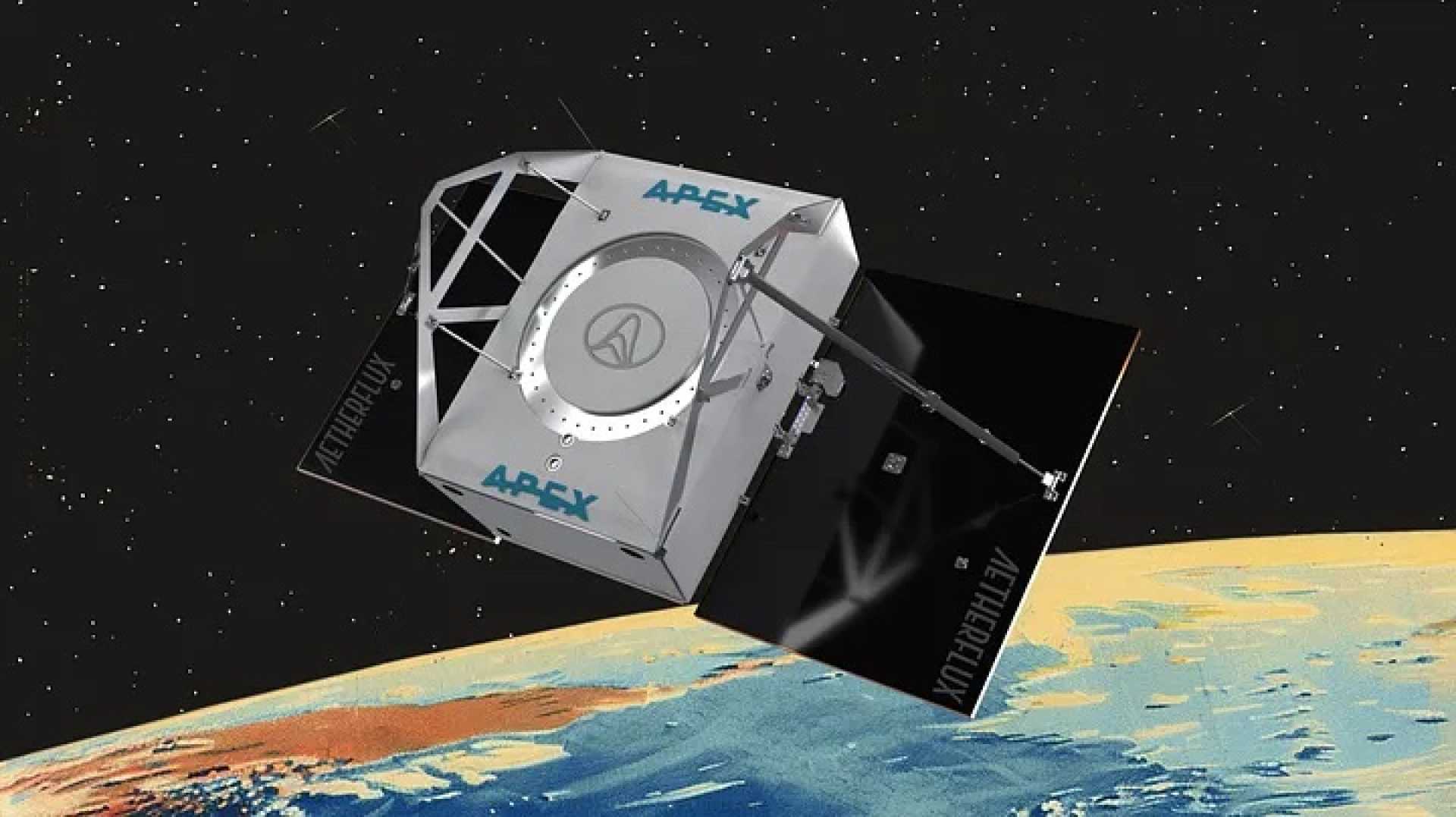News
Aetherflux Aims to Revolutionize Renewable Energy from Space

Aetherflux, a company founded by Baiju Bhatt, the billionaire cofounder of the fintech company Robinhood, has embarked on an ambitious project to build a constellation of satellites capable of beaming renewable energy to Earth using lasers. This initiative aims to contribute significantly to the renewable energy sector by eliminating the need for large terrestrial solar farms, which often require extensive land use.
Bhatt articulated the company’s vision in an interview with Forbes, stating, “This goal of having infrastructure in space that’s truly resilient to conditions on the ground is really appealing.” He compared Aetherflux’s approach to SpaceX’s Starlink, which uses a network of satellites to provide internet connectivity in areas lacking infrastructure, such as conflict zones and disaster-stricken regions.
The concept of space-based solar power, initially explored by NASA and other agencies in the 1970s, has seen renewed interest due to increasing demands for clean energy and reduced launch costs facilitated by SpaceX. Analyst Chris Quilty noted this “renaissance” in the field, fueled by these technological and economic shifts.
Other companies like Michigan-based Virtus Solis and UK-based Space Solar are also pursuing similar projects, aiming to deploy solar panels in geostationary orbit to capture constant solar energy and transmit it via microwaves. California-based Reflect Orbital explores a different strategy, using giant mirrors to reflect sunlight onto ground-based panels at night.
Aetherflux, however, plans to differentiate itself by using infrared lasers to transmit power, which Baiju Bhatt claims will allow for more scalable and cost-effective solutions. Infrared laser technology enables the use of smaller, less expensive satellites and requires less ground infrastructure—receivers can be as small as about 10 meters in diameter.
Aetherflux’s satellites are designed to orbit Earth every 90 minutes, continuing power delivery from battery reserves during periods without direct sunlight. Bhatt emphasized that unlike other projects, Aetherflux depends on existing technology rather than waiting for new breakthroughs, employing off-the-shelf satellite components from manufacturers like Apex while custom-building its power systems.
Bhatt stepped down from his role at Robinhood in March 2024 to focus on Aetherflux. His passion for the venture is partly personal, as his father’s work with NASA during his childhood sparked an interest in space and technology.
Bhatt’s $1.5 billion fortune will initially fund Aetherflux’s initial phases, including the planned launch of a demonstration satellite in 2025. Future funding is expected to involve private investments and possible government interest, particularly from the Department of Defense, which may utilize Aetherflux’s solutions for remote installations.
Looking ahead, Bhatt envisions Aetherflux as part of a broader shift in space-based infrastructure’s role in supporting Earth-based needs, promising significant developments in this field over the next decade.












